A Real-Talk Guide to Stones for Emotional Balance
So, you’re curious about using stones and crystals for emotional wellbeing. That’s awesome. I’ve been working with these minerals for a long, long time, and I’ve seen it all. People often walk in looking for a single ‘love stone’ to fix everything overnight. And I always tell them the same thing: a stone is a tool, not a magic wand. Think of it more like a tuning fork for your own inner work, helping you focus your intentions.
In this article
My own journey didn’t start with ancient mystical books. It actually started in a geology class, getting fascinated by crystalline structures and how minerals are formed. Honestly, that scientific foundation is everything. It taught me to respect these materials for what they are—incredibly ancient, stable structures forged under immense pressure. This grounds the whole practice. We’re not asking a rock for a favor; we’re using its physical properties and deep-rooted symbolism to help ourselves.
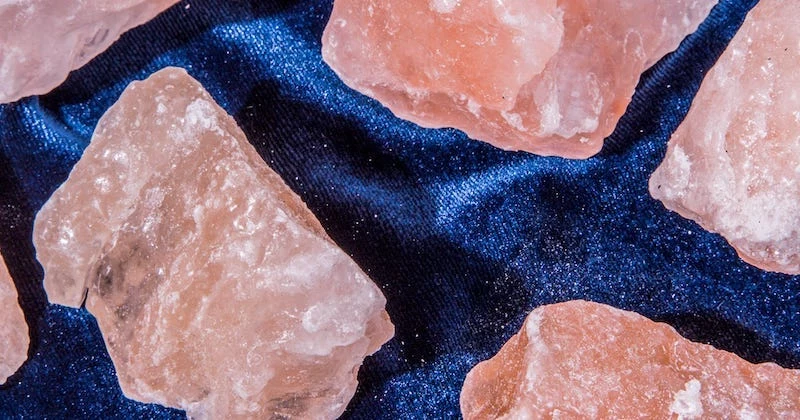
This guide is built on that very idea. It’s a blend of mineral knowledge and practical, real-world application to help you find and use stones for things like emotional balance and self-compassion. Let’s get into the nitty-gritty.
First Things First: Why Do These ‘Heart Stones’ Even Work?
Before you even think about buying a stone, it helps to know what’s going on. A lot of the popular stones for emotional work, like rose quartz or amethyst, are types of quartz. Scientifically, quartz is silicon dioxide, and it has this incredibly stable, repeating molecular structure. That’s what makes it a crystal.
Here’s a cool science fact: quartz has something called the piezoelectric effect. When you squeeze it, it generates a tiny, measurable electrical charge. This is the same principle used in watches and computers to keep precise time. Now, we’re not going to make a huge mystical leap from that, but it’s a great metaphor. When your own emotions feel chaotic, holding a physically stable object can be a powerful, literal anchor for your mind.
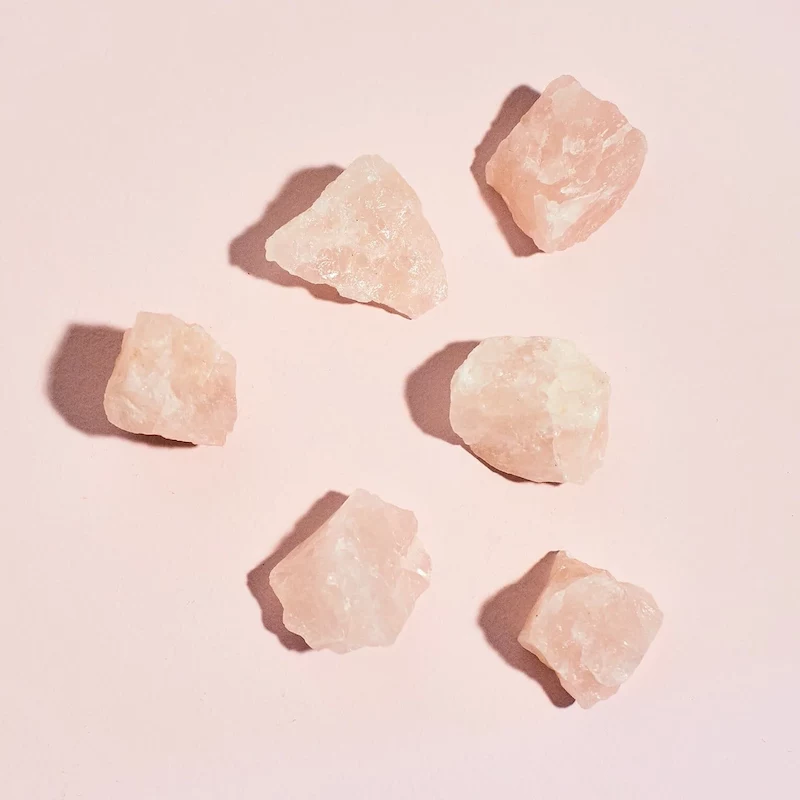
And let’s not forget about color psychology. It’s no accident that stones linked to love and compassion are usually pink, like rose quartz, or green, like green aventurine and malachite. These colors are deeply tied to the heart across cultures. Pink often signals gentleness and nurturing, while green reminds us of nature, growth, and renewal. When you hold a stone of a certain color, your brain is already primed with these ideas. The stone becomes a physical prompt for the qualities you want to cultivate.
How to Choose Your Stones (Without Getting Overwhelmed)
Walking into a crystal shop can feel like a sensory overload. Everything is shiny! But the pros learn to look past the sparkle and assess a piece with a bit more intention. Here’s what I tell people to look for.
1. Authenticity is Key
Heads up: the market is flooded with fakes. Spotting them is your first real test. For instance, super bright, perfectly uniform ‘turquoise’ is often just dyed howlite, a way cheaper mineral. Real turquoise has natural color variations. A lot of the citrine you see is actually amethyst that’s been heat-treated. A good seller at a local rock shop or a reputable online store will be honest about where their stones come from and if they’ve been treated.

2. Use Your Hands, Not Just Your Eyes
Don’t just stare at it—pick it up! A genuine piece of quartz will feel cool to the touch and a little heavy for its size. Glass or plastic will warm up fast and feel lighter. Notice the texture, too. A raw, unpolished stone might feel more ‘wild’ and energetic, while a polished one can feel calmer. Neither is better, just different. A 1-2 inch tumbled stone is perfect for carrying in a pocket, by the way. It’s big enough to feel substantial but small enough not to be a bother.
3. Trust Your Gut… to a Point
You’ll hear people say, ‘the right stone will call to you.’ And there’s some truth there! Sometimes a piece just grabs your attention. But it’s also easy to be wowed by the biggest, most expensive thing in the room. It’s easy to be dazzled by a giant, sparkly $300 amethyst cathedral, but maybe what your actual intention needs is a quiet, $5 tumbled stone. Don’t let ‘shiny’ distract you from ‘right.’
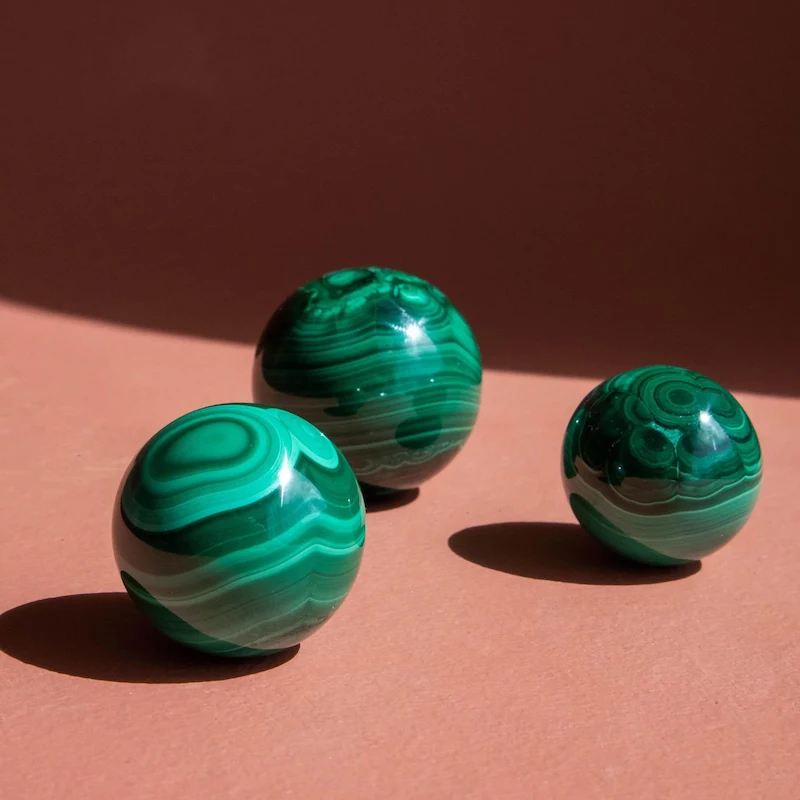
Oh, and if you pick up a stone and don’t ‘feel’ a mystical buzz? Don’t worry! That’s completely normal, especially at first. Just focus on the physical sensations. Is it cool? Is it heavy? Is the surface smooth or rough? Start there. The rest comes with practice.
The Core Three: My Go-To Stones for Emotional Work
Let’s look at a few of the most reliable stones I’ve worked with. I’ll give you the rundown on what to look for, what to pay, and how to actually use them.
Rose Quartz: The Foundation of Compassion
This is the classic ‘love stone,’ but it’s really about compassion in all its forms, especially for yourself.
The Details: It’s a pink type of quartz with a hardness of 7 on the Mohs scale. In practical terms, that means it’s tougher than a steel knife blade, so you don’t have to worry about it getting scratched up in your pocket with your keys. Good quality rose quartz has a soft, gentle pink hue and is often a bit milky or cloudy. Super-bright, hot pink pieces are likely dyed.
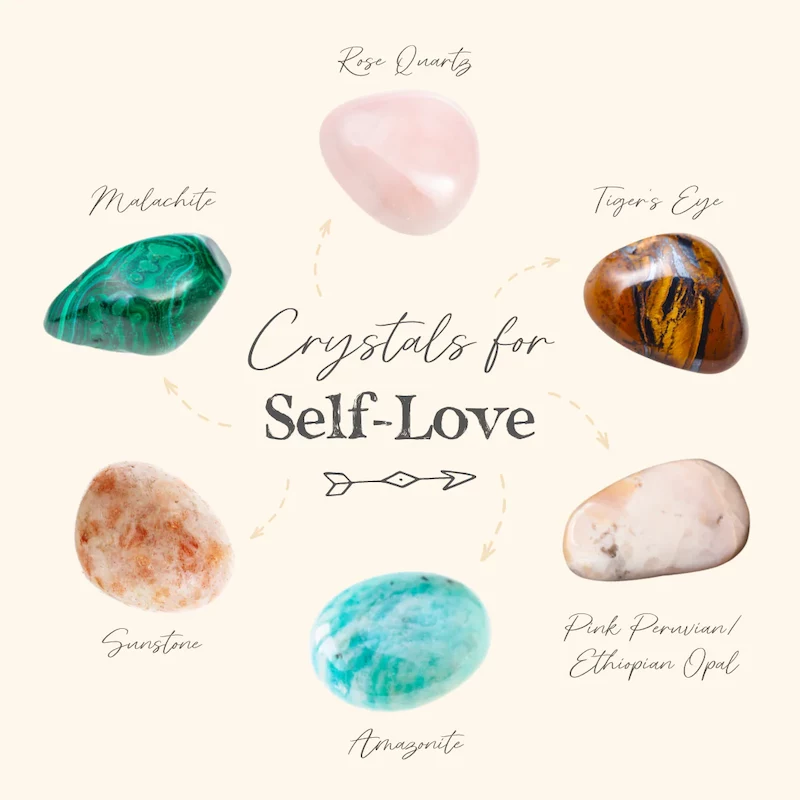
Budget Check: A small tumbled stone will run you about $3-$8. A nice palm-sized piece might be $15-$30.
How to Use It:
- For Self-Love: Don’t just leave it on a shelf. During meditation (or even just for 5 minutes of quiet time), hold a smooth palm stone over your heart. As you breathe, just focus on the gentle pressure and coolness of the stone. It gives your mind a tangible focus point.
- For Heartbreak: This is where rose quartz shines. Carry a small tumbled stone in your pocket. When a wave of sadness hits, just hold it. It’s a physical anchor to the present moment and a quiet reminder of your intention to be kind to yourself through the healing process.
Malachite: The Stone of Transformation & Boundaries
Malachite is a heavy hitter. It’s a powerful stone that’s known for bringing buried emotions to the surface so you can deal with them.
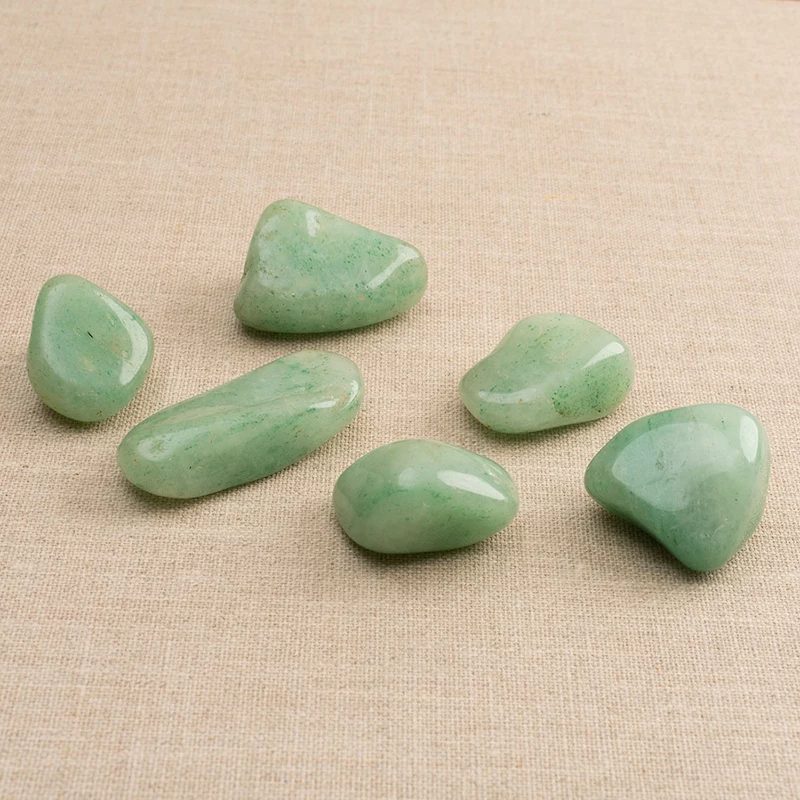
The Details: This is a copper carbonate mineral, which gives it those incredible green bands. It’s much softer than quartz (only a 3.5 to 4 on the Mohs scale), so it scratches easily. Its value comes from its intricate patterns.
SAFETY WARNING: This one is important. In its raw or dusty form, malachite is toxic because of its copper content. Always wash your hands after handling a raw piece. To be frank, for beginners, I strongly recommend starting with a polished, sealed piece. It’s much safer. And NEVER make crystal water by putting malachite directly in it.
Budget Check: It’s a bit pricier. A small polished piece might start around $8-$15.
How to Use It:
- For Emotional Detox: This isn’t a passive stone. Use it intentionally for short periods. For example, hold it while you’re journaling about old patterns you want to release. It can help you get to the core of the issue.
- For Setting Boundaries: If you struggle with saying ‘no,’ try placing a piece on your desk. It’s not a magic shield; it’s a visual reminder of your commitment to honor your own time and energy.
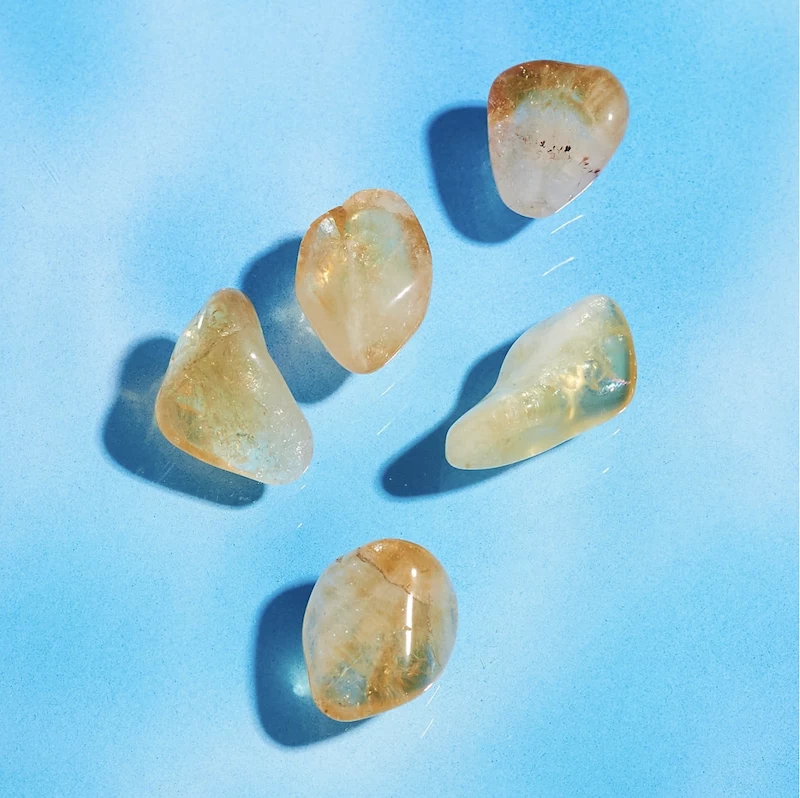
Green Aventurine: The Stone of Opportunity & Growth
If you’re new to all of this, green aventurine is the perfect place to start. Its energy is gentle, optimistic, and all about growth.
The Details: It’s a type of quartz with shimmery mineral inclusions that give it a subtle sparkle. It’s sturdy, affordable, and rarely faked. Just look for that characteristic shimmer to be sure it’s not just dyed green quartz.
Budget Check: Super affordable! You can find a nice tumbled stone for just $2-$6.
How to Use It:
- For Attracting Opportunity: People call it a ‘luck stone,’ but I think of it as a ‘stone of perspective.’ It doesn’t make you win the lottery; it helps you develop a more optimistic mindset so you can spot the opportunities that are already around you.
- Beginner’s First-Week Challenge: Your mission, should you choose to accept it! Get one small green aventurine. Place it on your desk or somewhere you’ll see it daily. Don’t ‘do’ anything special with it. Just let it be a visual cue to stay open to possibilities this week. See what you notice. It’s a great, no-pressure way to start.
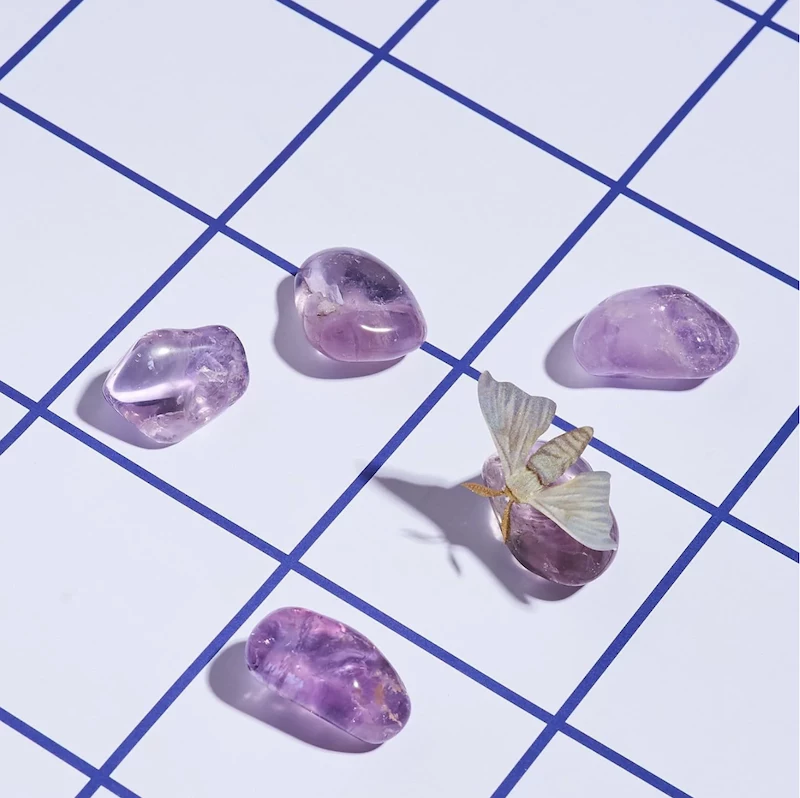
Quick-Look: Which Stone Is Right for You?
Okay, let’s break it down simply:
- Looking for self-love, compassion, or to soothe a broken heart? Go with Rose Quartz. It’s absolutely beginner-friendly.
- Ready to do some deep work, release old baggage, and strengthen your boundaries?Malachite is your tool. But remember, it’s for intentional use and beginners should stick to polished pieces.
- Want a gentle dose of optimism, luck, and personal growth?Green Aventurine is the perfect, foolproof starter stone.
How to Care For Your Tools
Cleansing your stones isn’t some complex ritual. It’s just about resetting your intentions. Think of it like washing your hands before you cook. A quick rinse under cool water is fine for hard stones like rose quartz and aventurine. But NEVER use water on soft stones like malachite, as it can damage them.
My favorite method is smudging with sage or palo santo smoke, which is safe for all stones. A few hours of moonlight is also a wonderful and gentle way to cleanse them. Prolonged direct sunlight, however, can fade the color of some stones like amethyst and rose quartz, so I tend to avoid it.
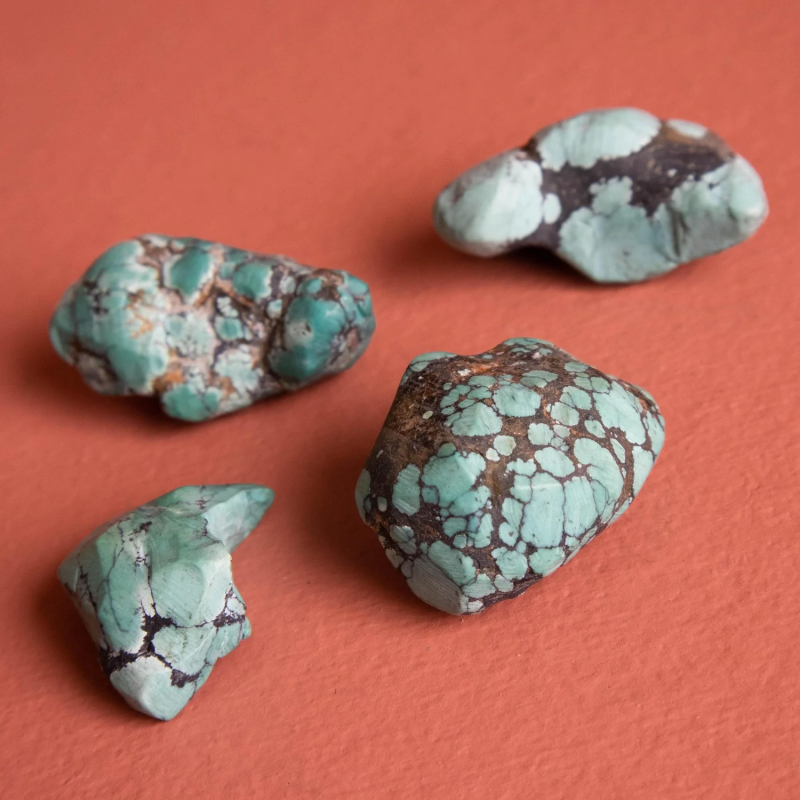
In a pinch? Your intention is the most powerful cleanser of all. Just hold the stone, take a deep breath, and visualize it being cleared of any heavy energy. Done. It’s that simple.
A Final Thought on Buying Ethically
As this practice gets more popular, the demand for crystals has exploded, and sadly, that can lead to some sketchy environmental and labor practices. As a conscious user, it’s on us to ask questions.
When you buy, ask the seller where the stone came from. A reputable shop, whether it’s a local business or an online dealer on a site like Etsy, will often be happy to share what they know. It might cost a couple of bucks more, but you’ll feel better knowing you’re not supporting a harmful system.
At the end of the day, remember this: you are the one doing the work. The stones are beautiful, powerful allies, but they are allies. The courage, compassion, and love? That all comes from you. Approach this with curiosity and a bit of practicality, and it can be an amazing support on your journey.
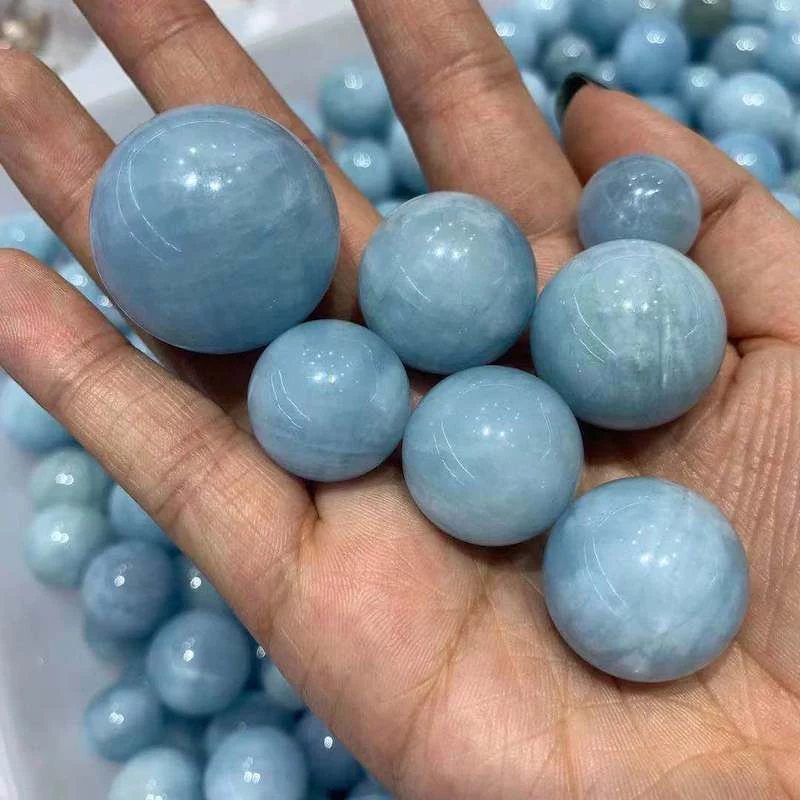
Inspirational Gallery
How do I ‘program’ my stone with an intention?
Think of it less like coding a computer and more like having a quiet conversation. Once your stone is cleansed, hold it in your hands. Close your eyes, take a few deep breaths, and clearly state your intention aloud or in your mind. For example, with a rose quartz, you might say, “I want you to help me be more compassionate with myself.” Visualize the feeling you want to achieve. The stone doesn’t do the work for you; it acts as a physical reminder and focal point for the intention you’ve set for yourself.
- Creates a harmonious focal point in a room.
- Amplifies a single, powerful intention.
- Combines the energies of different stones for a complex goal.
The secret? A simple crystal grid. You don’t need a complex geometric pattern. Just place a central stone (like a clear quartz point) on a small dish or piece of slate and arrange smaller, complementary stones (like four rose quartz tumbles) around it, all while focusing on your goal, such as ‘attracting gentle love’.
Not all stones are sun-worshippers. In fact, prolonged exposure to direct sunlight can cause the vibrant colors of many popular crystals to fade permanently.
This is especially true for quartz varieties. Your deep purple Amethyst can turn into a pale, washed-out lavender, and the gentle pink of a Rose Quartz can become almost white. Other stones to keep out of direct, harsh sunlight include Celestite, Aquamarine, and Fluorite. To be safe, opt for cleansing methods like moonlight or sound for these light-sensitive beauties.
Raw Crystals: These are stones in their natural, untouched state—just as they came out of the earth. They often have a more potent, raw, and powerful energy. Their sharp edges and rough textures make them great for placing on an altar or in a specific spot where their energy can radiate undisturbed.
Tumbled Stones: These have been smoothed and polished, often in a rock tumbler. Their energy is considered gentler and more diffuse. Their smooth, rounded shape feels good in the hand, making them perfect for carrying in a pocket, meditating with, or placing directly on the body.
Neither is ‘better’—it’s about how you intend to use them.
Integrate your stones into your living space to subtly shift the atmosphere. A piece of black tourmaline near your front door is a classic choice for grounding the home’s energy. A cluster of amethyst on your bedside table can encourage restful thoughts, while a bowl of green aventurine on your desk may help with focus and creative problem-solving. It’s about placing these tangible pieces of the earth where they can remind you of your intentions throughout the day.
The word ‘crystal’ comes from the Greek ‘krystallos,’ meaning ‘ice,’ as it was believed that clear quartz was a form of permanently frozen water.
An important point often missed: Where do your crystals come from? The rising popularity of stones has created issues with unethical mining practices. When you buy, ask questions. Reputable sellers, like those found at gem and mineral shows or specialized local shops, can often tell you the origin of their specimens. Choosing stones from sources that prioritize fair labor and environmental respect adds another layer of positive intention to your practice.
Don’t be afraid to mix and match stones to support a specific emotional goal. This is your personal toolkit, after all. For boosting self-confidence before a big event, try combining the courage of Tiger’s Eye with the sunny optimism of Citrine. Feeling creatively blocked and emotionally drained? Pair the inspiring energy of Carnelian with the soothing properties of Lepidolite. The key is to understand the primary association of each stone and see how they can work in harmony.
Think of cleansing your stones as hitting a reset button, clearing away any stagnant energy they might have picked up. It’s a simple but vital step.
- Sound: Use a singing bowl, tuning fork, or even a simple bell. Let the vibrations wash over the stones for a few minutes.
- Smoke: Pass your stones through the smoke of cleansing herbs like sage, palo santo, or cedar.
- Moonlight: Place them on a windowsill overnight during a full or new moon. This is a gentle, passive method suitable for all stone types.
Be mindful of water! While a rinse seems like a simple way to clean your stones, some minerals can be damaged or even dissolve in water. Water-soluble stones include Selenite and Halite (rock salt). Others, like Malachite, can release toxic compounds when wet, and metallic stones like Pyrite can rust. When in doubt, stick to a dry-cleansing method like sound or smoke.










